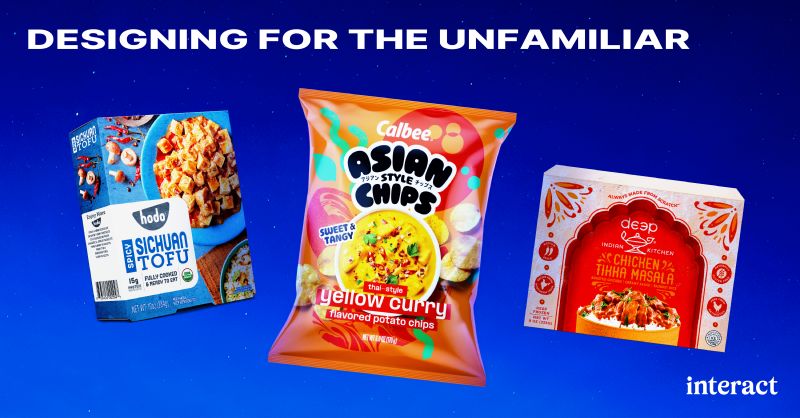Earth Day is Friday April 22nd. This day can be a great opportunity to set goals that can make a positive impact on our planet. There are a lot of avenues we can venture down, but to keep it simple, let’s look at one big problem plaguing our environment that we can work to fix. Plastic. Did you know that only 9% of plastic items ever created have been recycled? That’s a pretty sad stat, and we know we can do better.
If you take a moment to examine your day, how much single-use plastic are you using? Start with your shower when you wake up in the morning and the various bottles and tubes, to the latte you pick up on the way to the office, right on through to your takeout containers for your lunch, and grocery bags when you stop at the store on the way home. If you’re already using reusable grocery bags, good for you! You can check one item off of this list. If not, here are 6 ways to reduce the single-use plastic in your life.
- Recycle! Anything that can be recycled, and that you have confirmed will be recycled through your local recycling facility, should be recycled. This is really important. Not only does it keep plastic out of our waterways and oceans, but the more plastic that is recycled, the more plastic there is to be used in new materials. Brands seeking to use post consumer recycled plastic in their packaging struggle with high price points and low inventory. The more plastic we recycle, the more we help to alleviate this challenge.
- Reuse! Some items are just easier to use when they’re plastic. Let's make sure that whenever possible, we’re focusing on plastic that can be reused. Carry a reusable coffee cup and water bottle, and carry reusable shopping bags. It's a pretty simple place to start.
- Straws. Need I say more? Actually, yes, there’s more. Straws are not bad. It would be ableist to say so. Straws are a necessary item for many disabled people. They are important. But the frivolous unchecked use of straws that end up in the ocean is bad. And not necessary. If you don’t need to drink with a straw, its easy to just cut them out. If you do, or, if you just prefer using straws, use a reusable straw. There are a lot of options out there, and they’re small and easy to carry with you. So while we don’t support straws ending up in the noses of sea turtles, we do support those who need to use straws, using straws. The rest of us will opt out or bring our own reusable option to the table.
- Plastic cutlery! Don’t use plastic cutlery. Most take-out options now, like Uber Eats and Grub Hub, have an option to check that you don’t want any cutlery. Why would you need it in your home? Make sure this box is checked when you place your order. Its not a guarantee the restaurant won’t throw some in the bag, but it's an easy option to make. While we’re on the subject of take-out…take-out containers are becoming a huge problem. Take-out saved us from empty grocery store shelves during lockdown, but the increase in take-out and meal delivery hasn’t really died down. It can be very difficult to get take-out without plastic or styrofoam. Being cognizant of how much you're consuming can be helpful in limiting it.
- Swap out bottles for bars! All of those bottles in your shower? Look into switching them to bars. Shampoo, conditioner, soap, shaving cream, even a moisturizing body wash can now come in a bar. Lush Cosmetics is a leader in this arena, but a quick google search will not only give you a plethora of options, but also reviews from fellow consumers to find out which ones people are loving.
- Unexpected items to avoid to help eliminate single use plastic - glitter and chewing gum. Glitter is just a great big NO. Glitter is an environmental abomination of micro-plastics that will outlast us all. If your arts and crafts projects are calling for glitter, look into eco-friendly options. And did you know that the majority of chewing gum has plastic in it? About 25-35% of chewing gums makeup is polyethylene. Its a type of plastic that gives gum its chewiness but that we can’t digest. Slowly but surely, plastic-free gum options are entering the market.
So there you have it! Six surefire simple steps to help eliminate single-use plastic. Start with one, and be open to change. Single-use plastic is such a convenience in our lives that letting go of some of it will require a little bit of effort on our part, but its worthwhile, and at this point, necessary.
Now it’s time to take an inventory. Look in your pantry, your cupboards, your fridge, the bathroom. Find out what items your local recycling program actually accepts. Look through your list and see if anything can be replaced with something that isn’t plastic. Lowering your plastic footprint will take some work, but there are some easy ways to start.




